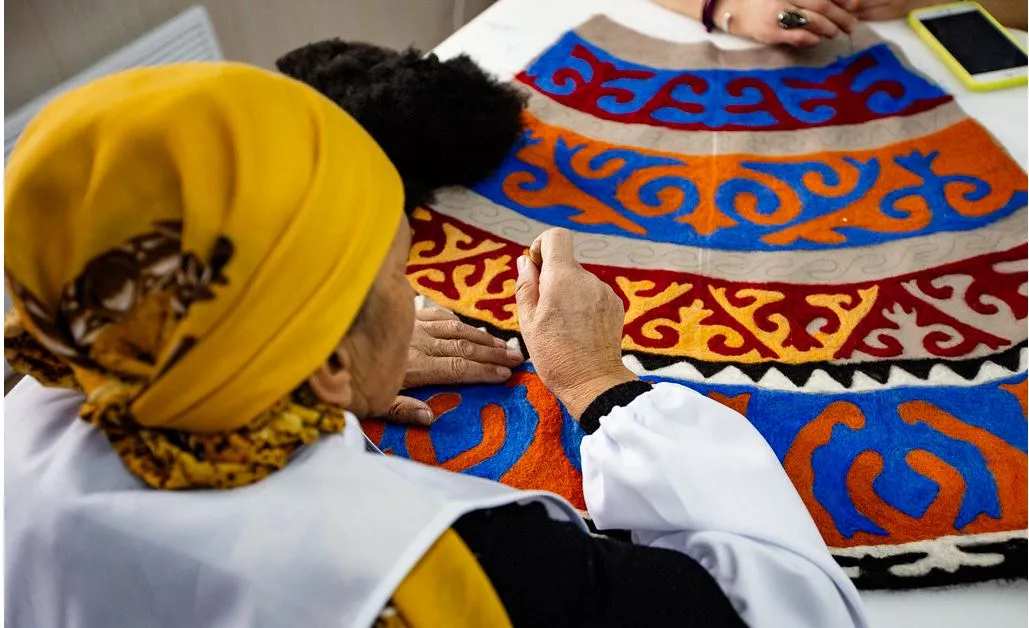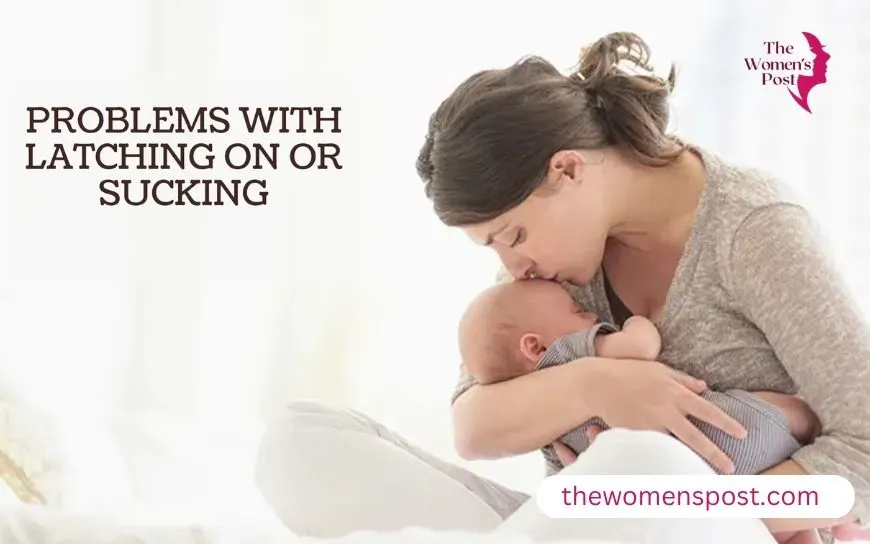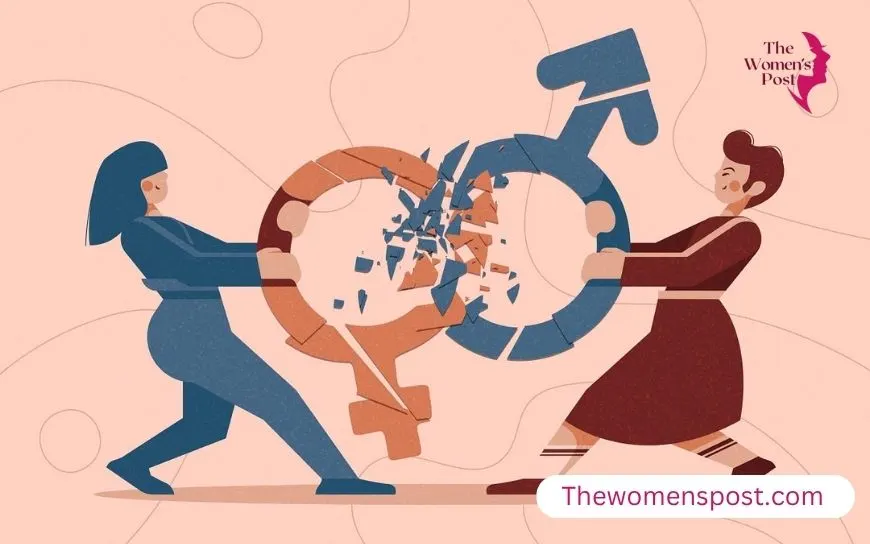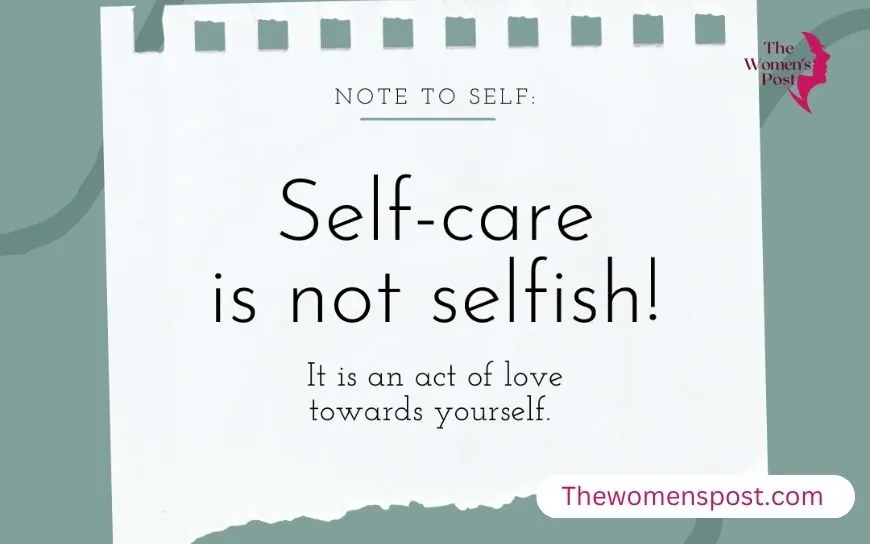The Influence Of Women In The Classical And Folk Arts: Preservers, Innovators, And Role Models In Cultural Heritage

The role of women in shaping various classical and folk arts of the world has been remarkable. Their influence on classical and folk arts goes beyond performance and creativity to preserving traditions, innovating new dimensions for the art forms, and serving as an inspiring role model for future generations. The story of women in the arts is interwoven into the very fabric of cultural heritage, reflecting their unique perspectives and contributions.
Women as Preservers of Classical and Folk Arts
Women have always played indispensable roles in keeping classical and folk arts alive. Most traditional knowledge, like music, dance, and crafts, was transmitted by women in the family or among the immediate community. From singing lullabies to ritual dances to weaving, women possess knowledge passed down the generations. This role forms a very important part of any heritage preservation endeavor whereby cultural practices are prevented from becoming extinct with time.
Examples from Classical Arts
For instance, M.S. Subbulakshmi dedicated her life to Indian classical music and Carnatic songs, while Balasaraswati devoted her life to Bharatanatyam and Sitara Devi to Kathak. Their lives of learning, preservation, and sharing their art have stood the test of time to keep ancient techniques and forms alive. On the European side, Clara Schumann took piano recitals down the generations, not only as a performer but also as one who wrote scores. These women’s efforts thus stand as a testament to heritage preservation and the historical role of women in classical dance and arts.
Backbone of Folk Traditions
In many folk arts, women have been the backbone of traditions. Be it African storytelling, Japanese kabuki, or Latin American weaving, women stand out in their role as bearers of cultural practices. Most folk dances and rituals are conducted and taught by women in festivals, weddings, and other such events at the local level. By teaching younger generations and adapting stories to times of change, the nurturing role of women ensures that arts survive and thrive. This is a key aspect of heritage preservation and women as preservers of cultural heritage.
Women as Innovators in Artistic Expression

Also Read: Female Tattoo Artists As Cultural Storytellers
Innovation in the arts usually happens when one wants to seek a different mode of expression or answer to different social contexts. Women have continued to provide new forms, styles, and trends in both classical and folk arts. The influence of women in classical and folk arts is indicated through their innovativeness and adaptability.
Pioneers in Classical Music
In classical music, Fanny Mendelssohn and Amy Beach defied convention by composing symphonies and chamber music at times when female composers were not commonplace. These women dared to bring new insights into a world that often excluded them. Their body of work certainly acts as an example of female innovators in more traditional arts and heritage preservation.
Revolutionizing Dance
In dance, Martha Graham revolutionized modern dance in the West by creating new movements and storytelling techniques that still affect the way choreographers work today. Their willingness to experiment broke barriers and encouraged many women to create their own styles. That spirit of innovation is part of the historical role of women in classical dance and arts.
Blending Old and New in Folk Arts
Innovation in folk arts often takes on the form of a mix between old and new, from traditional motifs to modern materials or themes. Women often update designs to represent recent events in their lives or the life stories of others, and they infuse creativity into traditional handmade crafts. For instance, women in Mexico who create colorful textiles often weave in symbols that denote telling new stories while keeping techniques of ancient weaving alive. This is a powerful example of female innovators in traditional arts and heritage preservation.
Women as Role Models in Cultural Heritage

Also Read: Female Muralists Revitalizing Urban Landscape
Women artists, performers, and custodians of tradition are all vital role models. Their lives inspire not only artists but anybody interested in heritage and identity. The inspiration provided by women in the performing classical and folk arts finds equal manifestation in their ability to inspire others.
Icons in the Arts
Role models in the arts are important; they show younger generations what is possible. Well-known dancers, like Rukmini Devi Arundale in India, brought classical dance to international attention, proving that women could be cultural leaders and public figures. American singers such as Billie Holiday overcame personal and social struggles to leave powerful legacies in voice and emotion. These women are examples of women as preservers of cultural heritage and heritage preservation.
Community Elders and Guides
In many folk traditions, the grandmother or elderly woman of the community is celebrated for maintaining knowledge and wisdom. Their impact is not limited to teaching; rather, a woman’s guidance imparts emotional strength and a feeling of belonging to her community. It is an important aspect of heritage preservation and the historical role played by women in classical dance and arts.
Breaking Stereotypes
Women in the arts also serve as role models, breaking stereotypes and barriers. They have proved that neither leadership nor creativity has any limitation based on gender, age, or social background. This opens up wider opportunities for all and provides inclusion in cultural spaces. Their legacy forms a part of heritage preservation and influence of women in classical and folk arts.
Challenges and Triumphs
Despite the impact, women in arts have faced many challenges, such as limited opportunities, social constraints, and sometimes a lack of recognition. Historically, some talented women had to use pseudonyms or work in the shadows because of strict cultural norms. However, many of these persevered and earned acknowledgment for their talent and hard work. This is part of heritage preservation and is the historical role of women in classical dance and arts.
Shifting Recognition
Changing attitudes in society and increased awareness have helped highlight women’s contributions, yet much is still to be done. Today, more women are being celebrated for achievements in music, dance, theatre, painting, and crafts. Organizations, festivals, and museums now actively seek to showcase women artists, allowing greater space for their voice and vision. This forms a very important part of heritage preservation and women as preservers of cultural heritage.
Contemporary Context
In modern times, the influence of women in the arts continues to grow. Social media, film, and global platforms have made it possible for artists to present their work and reach out to people across the world. Young women today are inspired to make their mark, looking up at legends from the past for encouragement. This is heritage preservation and the influence of women in classical and folk arts.
Women lead in arts education, establish communities for creative exchange, and participate in cultural diplomacy. By collaborating with others and supporting causes such as gender equality and cultural preservation, they are helping to build a better future for the arts. It is also very relevant to the preservation of heritage and thus to women as preservers of cultural heritage.
Conclusion
The story of women in classical and folk arts is rich, varied, and inspirational. Their impact as preservers maintains the thread of tradition; as innovators, they renew and expand what is possible; as role models, they nurture confidence and pride in generations to come. The influence of women in classical and folk arts, women as preservers of cultural heritage, the historical role of women in classical dance and arts, and female innovators in traditional arts all go toward heritage preservation.
Recognizing and celebrating women’s roles in the arts means saluting the heart and soul of human culture. Cultural heritage thrives when voices-particularly those too often quieted-are celebrated and empowered. Because of women’s enduring influence and commitment to heritage preservation, the arts of this world become more diverse, dynamic, and meaningful.









